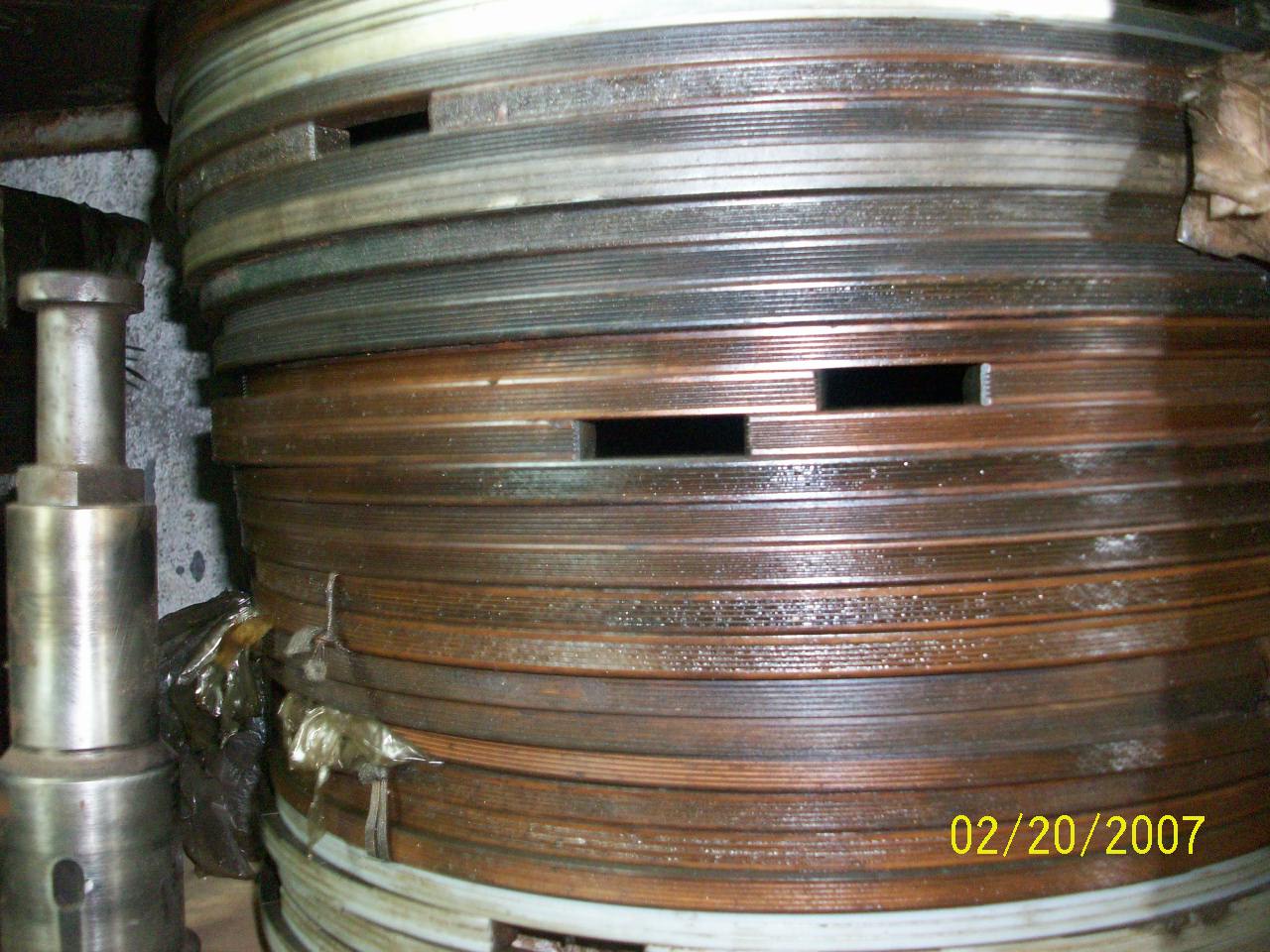
Bulkhead entryways resemble doorways one would have in their home only bulkhead are found on-board marine vessel and vary in size and materials used as well as the fact that most are installed with water tight seals that can seal off sections of the vessels that may be taking in water.

There may be dozens of bulkhead entry ways that lead to different sections of the vessel and may range in different sizes depending on their location but all retain the iconic shape and structure. Most bulkhead entryways can be found with the iconic rounded corners and made of heavy metal. These two factors work in unison as they are both designed for the safety of the vessel as mentioned below.
Rounded corners: they are also shared by the port holes for the same reason; rounded corners help increase the capability of a seal to retain its integrity. Test in the early 1900′ s showed that seals with perfect edges are less effective then rounded seals and the design continues to be in use on most vessel porthole and bulkhead entryways.
Heavy metal door: the thickness of the bulkhead doors is another factor associated to safety on board the vessel. The doors are heavily reinforced in case of a breach in the hull of the vessel so as to be able to seal of the affected section and slow or stop the intake of water. Since the pressures involve an extremely high the doors must be able to withstand the pressure and stop the intake of water. Portholes must also be strengthened glass to withstand the extreme pressures without failure.
Since they may be dozens of bulkhead entryways within a vessel, fixed procedures are put in place to avoid problem that may result as a result of leaving them unsuspected or open. Maintenance crews must inspect each door for malfunctions during routine inspections. This is carried out to ensure the door hinges and seals have not been compromised. The sailing crew must also ensure that all bulkhead entryways that are not used on a daily basis remain closed and sealed at all times.
Ensuring unused bulkhead entries are locked improves the safety level of a vessel in case the hull is breached since open entryways could mean wasted time and more water taken in by the vessel. Entryways leading to regularly used areas such as the mess and crew quarter may remain open but if the section is affected or has a breach they must be sealed immediately to minimize the intake of sea water.
The bulkhead entryway plays a critical part in

safety of a vessel and MARPOL has made it a mandatory the new oil tankers be contrasted with double hulls to reduce the possibility of huge area of the vessel like the storage tanks from getting flooded. Double hull vessels have a gap between the tanks which plays two major roles:
- Reduce the risk of different fuels mixing in-case the tank is ruptured.
Create gaps between the tanks and the tanks that reduce the risk or rupturing a tank after impact and also create many bulk head entryways and man holes that can be sealed if the hull were to be ruptured.







